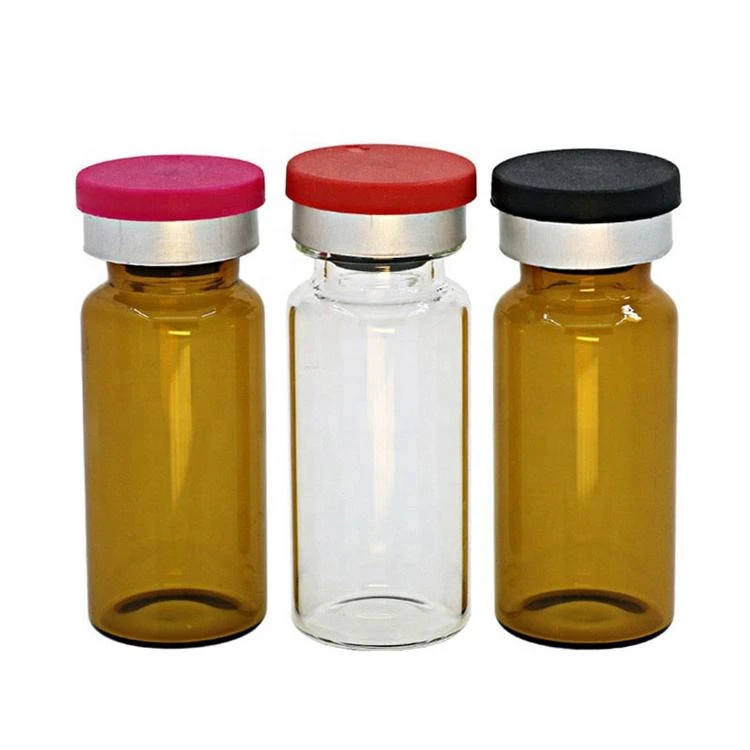
-
 Afrikaans
Afrikaans -
 Albanian
Albanian -
 Amharic
Amharic -
 Arabic
Arabic -
 Armenian
Armenian -
 Azerbaijani
Azerbaijani -
 Basque
Basque -
 Belarusian
Belarusian -
 Bengali
Bengali -
 Bosnian
Bosnian -
 Bulgarian
Bulgarian -
 Catalan
Catalan -
 Cebuano
Cebuano -
 Corsican
Corsican -
 Croatian
Croatian -
 Czech
Czech -
 Danish
Danish -
 Dutch
Dutch -
 English
English -
 Esperanto
Esperanto -
 Estonian
Estonian -
 Finnish
Finnish -
 French
French -
 Frisian
Frisian -
 Galician
Galician -
 Georgian
Georgian -
 German
German -
 Greek
Greek -
 Gujarati
Gujarati -
 Haitian Creole
Haitian Creole -
 hausa
hausa -
 hawaiian
hawaiian -
 Hebrew
Hebrew -
 Hindi
Hindi -
 Miao
Miao -
 Hungarian
Hungarian -
 Icelandic
Icelandic -
 igbo
igbo -
 Indonesian
Indonesian -
 irish
irish -
 Italian
Italian -
 Japanese
Japanese -
 Javanese
Javanese -
 Kannada
Kannada -
 kazakh
kazakh -
 Khmer
Khmer -
 Rwandese
Rwandese -
 Korean
Korean -
 Kurdish
Kurdish -
 Kyrgyz
Kyrgyz -
 Lao
Lao -
 Latin
Latin -
 Latvian
Latvian -
 Lithuanian
Lithuanian -
 Luxembourgish
Luxembourgish -
 Macedonian
Macedonian -
 Malgashi
Malgashi -
 Malay
Malay -
 Malayalam
Malayalam -
 Maltese
Maltese -
 Maori
Maori -
 Marathi
Marathi -
 Mongolian
Mongolian -
 Myanmar
Myanmar -
 Nepali
Nepali -
 Norwegian
Norwegian -
 Norwegian
Norwegian -
 Occitan
Occitan -
 Pashto
Pashto -
 Persian
Persian -
 Polish
Polish -
 Portuguese
Portuguese -
 Punjabi
Punjabi -
 Romanian
Romanian -
 Russian
Russian -
 Samoan
Samoan -
 Scottish Gaelic
Scottish Gaelic -
 Serbian
Serbian -
 Sesotho
Sesotho -
 Shona
Shona -
 Sindhi
Sindhi -
 Sinhala
Sinhala -
 Slovak
Slovak -
 Slovenian
Slovenian -
 Somali
Somali -
 Spanish
Spanish -
 Sundanese
Sundanese -
 Swahili
Swahili -
 Swedish
Swedish -
 Tagalog
Tagalog -
 Tajik
Tajik -
 Tamil
Tamil -
 Tatar
Tatar -
 Telugu
Telugu -
 Thai
Thai -
 Turkish
Turkish -
 Turkmen
Turkmen -
 Ukrainian
Ukrainian -
 Urdu
Urdu -
 Uighur
Uighur -
 Uzbek
Uzbek -
 Vietnamese
Vietnamese -
 Welsh
Welsh -
 Bantu
Bantu -
 Yiddish
Yiddish -
 Yoruba
Yoruba -
 Zulu
Zulu
مارس . 06, 2025 11:44
Back to list
reusing pipette tips
Reusing pipette tips in laboratory settings has emerged as a compelling topic among researchers and lab technicians striving for efficiency and sustainability. This practice not only addresses environmental concerns but also provides economic benefits and operational efficiencies, provided it is executed correctly and safely.
Peer-reviewed studies validate the efficacy of tip reuse under controlled conditions, contributing to a growing repository of scientific evidence. This body of work underscores that while tip reuse holds promise, it necessitates stringent adherence to protocol and rigorous validation on a case-by-case basis. Regular auditing and quality assurance processes are pivotal to maintaining the credibility of any program that incorporates tip reuse, further ensuring trust in results generated under these circumstances. Economic and Environmental Impacts Cost reduction is a significant motivator for reusing pipette tips. Laboratories, especially those with high sample throughputs, can incur substantial savings on consumables. These savings translate into budgetary reallocations, which can bolster research initiatives and facility expansions. Furthermore, reduced consumption of single-use plastics aligns with global sustainability objectives, diminishing the overall ecological footprint of laboratory operations. Notably, the environmental benefits extend beyond waste reduction. Lower demand for new plastic products facilitates decreased manufacturing emissions and resource extraction, supporting broader environmental conservation efforts. Conclusion In summary, the practice of reusing pipette tips reflects a convergence of scientific innovation and responsible stewardship of resources. While it requires careful implementation guided by expert protocols and continuous validation, the benefits are profound. Cost savings, environmental sustainability, and enhanced resource management are tangible outcomes that underscore the relevance and growing acceptance of this practice in modern laboratories. As the scientific community continues to prioritize sustainable practices, reusing pipette tips is poised to become a standard component of laboratory operations worldwide, championed by experts committed to optimizing both research quality and environmental stewardship.


Peer-reviewed studies validate the efficacy of tip reuse under controlled conditions, contributing to a growing repository of scientific evidence. This body of work underscores that while tip reuse holds promise, it necessitates stringent adherence to protocol and rigorous validation on a case-by-case basis. Regular auditing and quality assurance processes are pivotal to maintaining the credibility of any program that incorporates tip reuse, further ensuring trust in results generated under these circumstances. Economic and Environmental Impacts Cost reduction is a significant motivator for reusing pipette tips. Laboratories, especially those with high sample throughputs, can incur substantial savings on consumables. These savings translate into budgetary reallocations, which can bolster research initiatives and facility expansions. Furthermore, reduced consumption of single-use plastics aligns with global sustainability objectives, diminishing the overall ecological footprint of laboratory operations. Notably, the environmental benefits extend beyond waste reduction. Lower demand for new plastic products facilitates decreased manufacturing emissions and resource extraction, supporting broader environmental conservation efforts. Conclusion In summary, the practice of reusing pipette tips reflects a convergence of scientific innovation and responsible stewardship of resources. While it requires careful implementation guided by expert protocols and continuous validation, the benefits are profound. Cost savings, environmental sustainability, and enhanced resource management are tangible outcomes that underscore the relevance and growing acceptance of this practice in modern laboratories. As the scientific community continues to prioritize sustainable practices, reusing pipette tips is poised to become a standard component of laboratory operations worldwide, championed by experts committed to optimizing both research quality and environmental stewardship.
Share
Prev:
Next:
Latest news
-
ScienceLabSupplies Premium Small Medicine Bottles & Lab EquipmentNewsApr.29,2025
-
Empty Pill Containers Durable, Leak-Proof & Portable Pill StorageNewsApr.29,2025
-
Petri Dishes Key Uses in Lab & Microbiology Experiments Sterile & DurableNewsApr.29,2025
-
Premium Metal Dropper Bottles - 50ml & 250ml SizesNewsApr.28,2025
-
Small Liquid Medicine Containers Leak-Proof & Durable DesignNewsApr.28,2025
-
Secure Medication Travel Container TSA Approved, Compact & Leak-ProofNewsApr.28,2025
RECOMMEND PRODUCTS






















